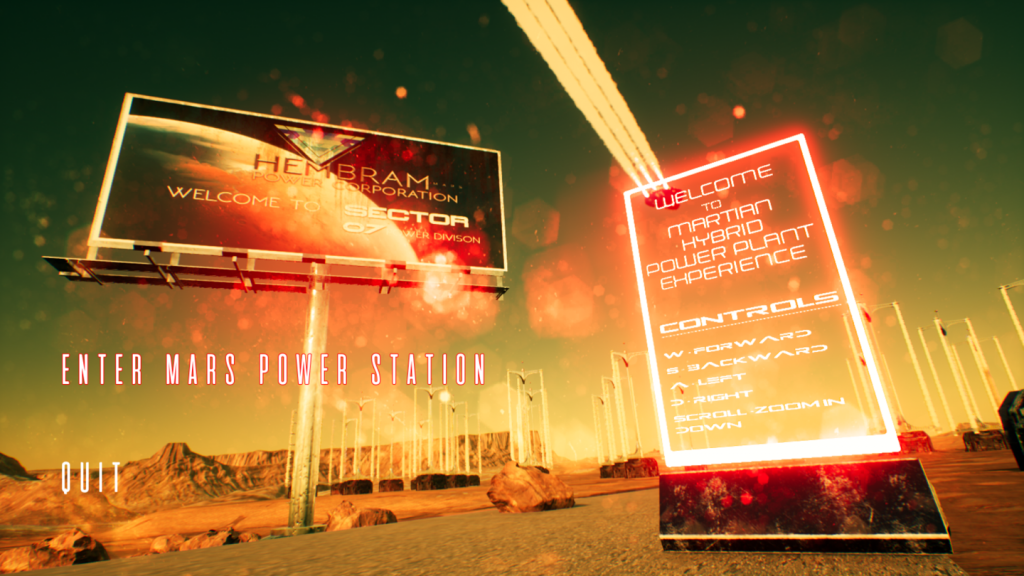VR Technology has already given us glimpses of new world when used for gaming and film. It is also used more practically in design to let creators know what a product would look like before it’s been made. These two fields, industry and fantasy, recently merged with the Mars Home Planet Challenge.
Unfortunately, this event didn’t receive a whole lot of press, despite being an exciting look at how life on Mars might be possible as well as a stunning exhibit of the advanced VR technology that is being used to build the future.
The Mars Home Planet Challenge was a rendering challenge launched by partners HP and Nvidia, both computing giants heavily involved in the development of VR technology. Winners of the challenge received an HP Z VR Backpack powered by Nvidia.

The challenge was for competitors to use 3D computer rendering to show what a colony of 1 million people might look like on the red planet. Entries were due in early July and the winner was announced in mid-august at the annual SIGGRAPH convention, held this year in Vancouver, Canada. Judges included representatives from HP, Nvidia, Nasa, The European Space Agency, and Dreamworks Animation.
Participants could enter into one of five categories, each competing for its own prize but naturally we’re interested in the “VR or Real Time Executable” category. 177 teams entered the competition, but the two winning teams were from India and Italy.
The team from India designed a plant that might generate energy on a future Martian colony. A video walk-through of their VR energy plant is available on YouTube.

The team from Italy designed plans for a full Martian colony existing at the bottom of the Marineris Trench. The team also posted various files which include concept sketches and images and notes from the design process, which give some insight into how the team used VR technology to develop their giant model.
Marineris
Both teams started out by taking 3D maps of the actual surface of Mars and scaling it up to a 1:1 ratio. This gave them a huge area on which to sculpt their ideas. It also made the final product more realistic when navigated in virtual reality. Teams then designed 3D models of buildings, infrastructure, and even astronauts to populate their VR worlds.
“The amazing entries from the HP Mars Home Planet challenge give us a virtual window into what life on Mars could be like for a million members of humanity,” said judge Dr. Darlene Lim, a geobiologist and principal investigator, NASA Biologic Analog Science.
The giant models were made with the most recent version of Unreal Engine. Unreal Engine is a suite of tools made by Epic Games. Originally created for the development of first-person shooters, Unreal Engine and Epic Games are pioneering forces in the world of VR technology. Using Unreal Engine, designers can even design and build their worlds in virtual reality.
Unreal Engine wasn’t the only VR technology involved when the projects were unveiled at SIGGRAPH. Judges and convention-goers entered into the VR experience in special Positron Voyager chairs designed for watching movies in VR, as well as HP headsets.
We might not all have special chairs to immerse us in a VR experience, or a state-of-the-art headset. However, the designers’ suite that the contestants in the Mars Home Challenge used are available to everyone.




